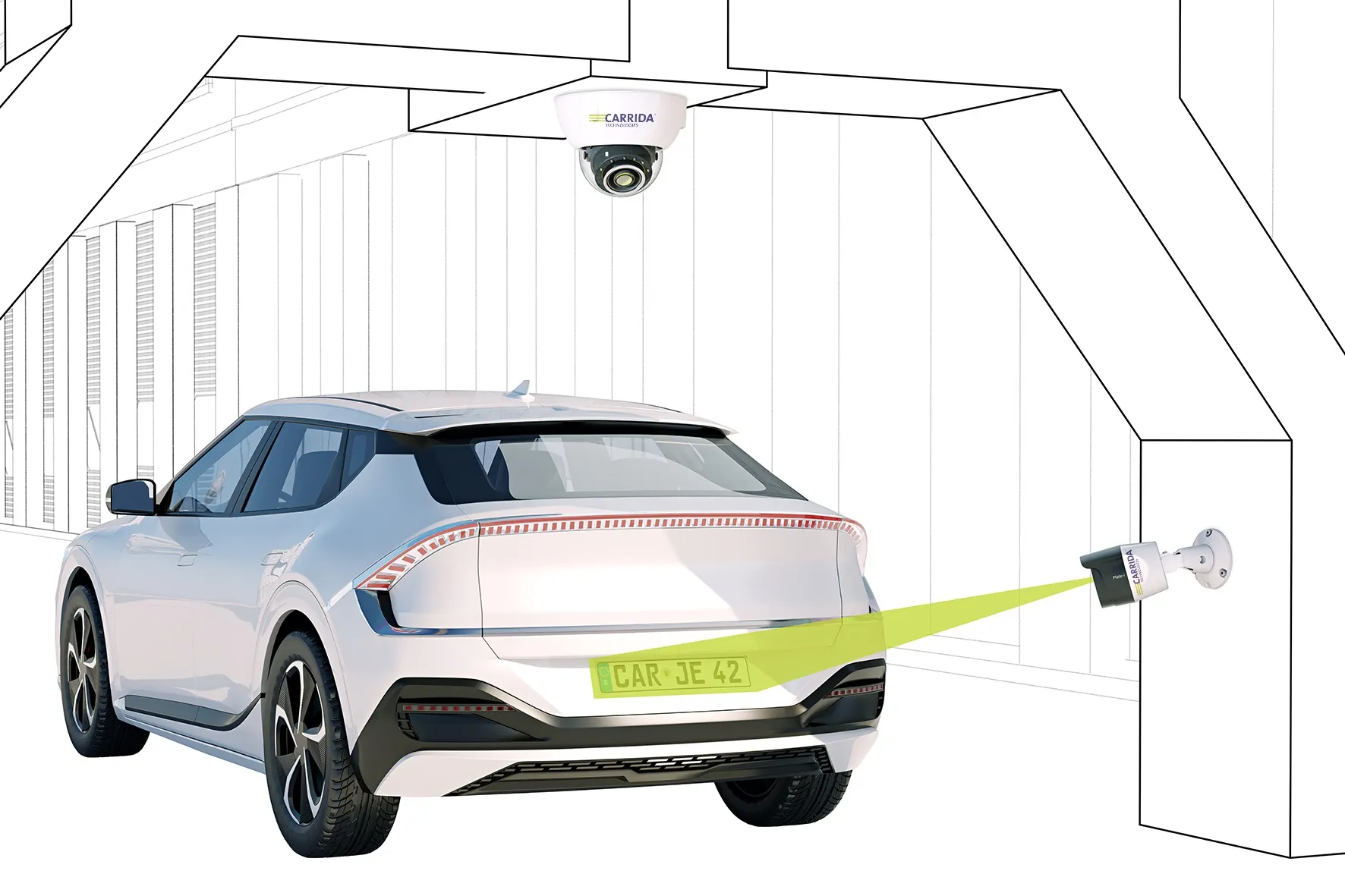Peek Traffic is showcasing at this year’s ITS America Annual Meeting, its recently announced Advanced Traffic Management System (ATMS) software called Spinnaker.
Spinnaker, is a true web-based application using the latest web technologies, allowing it to be viewed through a web browser from a number of different operating systems and computing devices such as Windows, OSX, Android, iOS and Linux. The system is scalable and modular, allowing traffic control centers to monitor multiple subsystems such as I
June 2, 2015
Read time: 2 mins

Spinnaker, is a true web-based application using the latest web technologies, allowing it to be viewed through a web browser from a number of different operating systems and computing devices such as Windows, OSX, Android, iOS and Linux. The system is scalable and modular, allowing traffic control centers to monitor multiple subsystems such as Intersection Control, Travel Times, Adaptive Traffic Control, CCTV and more. It also supports the latest NTCIP standards. Peek Traffic is also highlighting its new adaptive control product called MARLIN (multi-agent reinforcement learning integrated network). MARLIN is a state-of-the-art traffic control system based on artificial intelligence and game theory. The technology is the result of a decade of research at the University of Toronto, Canada, and is compatible with Peek Traffic’s line of ATC controllers.
MARLIN has received several local and international awards, most recently the Commercial Industry/Academic ITS Technology/Innovation/R&D award by ITS Canada in May 2015. Other awards include: IEEE 2013 (Institute of Electrical and Electronics Engineers) Award, the INFROMS 2013 (The Institute for Operations Research and the Management Sciences) Award, and the University of Toronto Inventor of the year Award 2014.
Peek Traffic’s line of Central System Software products have been installed in more than 50 cities managing over 5,000 intersections across the US, Canada, Latin America and the Caribbean.









